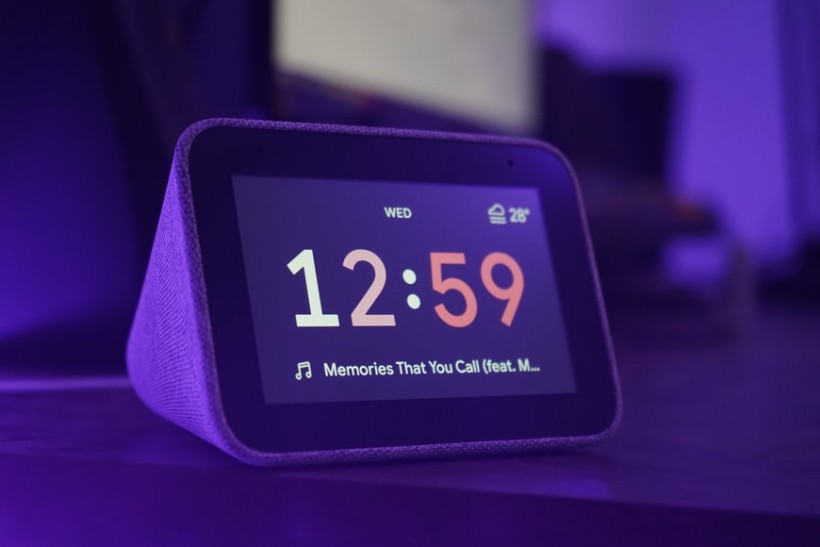According to a recent study, researchers have created a surreal new technique to measure time by looking for unsettling "fingerprints" in the quantum realm, which controls the cosmos at extremely small dimensions. Because it is not linked to a "time zero" that designates the beginning of a recorded period, the unique methodology varies from the most widely used methods of maintaining time.
Over the ages, our urge as humans to tell time has resulted in clever devices like sundials, stopwatches, and ultra-precise atomic clocks. Whether it be the back-and-forth swing of a pendulum in a grandfather clock or the gap between the gun going off in a race and the victor crossing the finish line, IFL Science said all of these devices measure time by keeping track of the time between short intervals.
Quantum Watch That Requires Time Zero Reference Point
According to a recent article in Physical Review Research, a group led by Marta Berholts, an experimental physicist at Tartu University, has developed a radically different kind of "quantum watch" that "does not require an initial "time zero" reference point to perform its time measurements.
When they began this challenging project, the researchers reasoned that their best chance was to work with atoms in a condition known as the Rydberg state, in which the electrons from atoms experience intense excitation and are accelerated very far from their nucleus. Lasers can be used to produce this high-energy state.
According to earlier studies, when many Rydberg-energized atoms are present in the same area, interferences result that produce different ripple patterns in the "quantum pond." When there are enough of these atoms dancing in the same area, distinctive patterns emerge that each shows the unique length of time that it took to evolve in comparison to all the others around. Although it may seem confusing, all of this simply means that they may be used as accurate time stamps.

Lenovo smart clock with google assistant playing music
ALSO READ: Scientists Use Artificial Intelligence to Make Clear Windows That Effortlessly Cool Buildings
How This Watch Works
ZME Science said a laser was used to excite helium atoms during the tests, and another laser that fired brief pulses of ultraviolet light was used to detect the spectrum of the Rydberg state atoms.
The watch had inaccuracies of no more than eight femtoseconds and could measure up to 81 picoseconds (one trillionth of a second) (one quadrillionth of a second). Since it doesn't keep track of time units but shows the time, which can be inferred from the interference pattern, the word "watch" should be used instead of "clock" in this context. It's a rather ingenious method for measuring time without actually counting units of time.
The researchers claimed that unlike previous clocks, this quantum watch has no counter and is entirely quantum mechanical.
Numerous physics applications, such as those requiring precise timing of events seen in quantum mechanical systems, may benefit from this unique approach.
RELATED ARTICLE: Quantum Technology Set to Transform Cybersecurity, Provide Superfast Computing Capability
Check out more news and information on Quantum Technology in Science Times.











!['Cosmic Glitch' in Einstein's Theory of General Relativity Could Be Explained in This New Scientific Tweak [Study]](https://1721181113.rsc.cdn77.org/data/thumbs/full/53435/258/146/50/40/cosmic-glitch-in-einsteins-theory-of-general-relativity-could-be-explained-in-this-new-scientific-tweak-study.jpeg)


